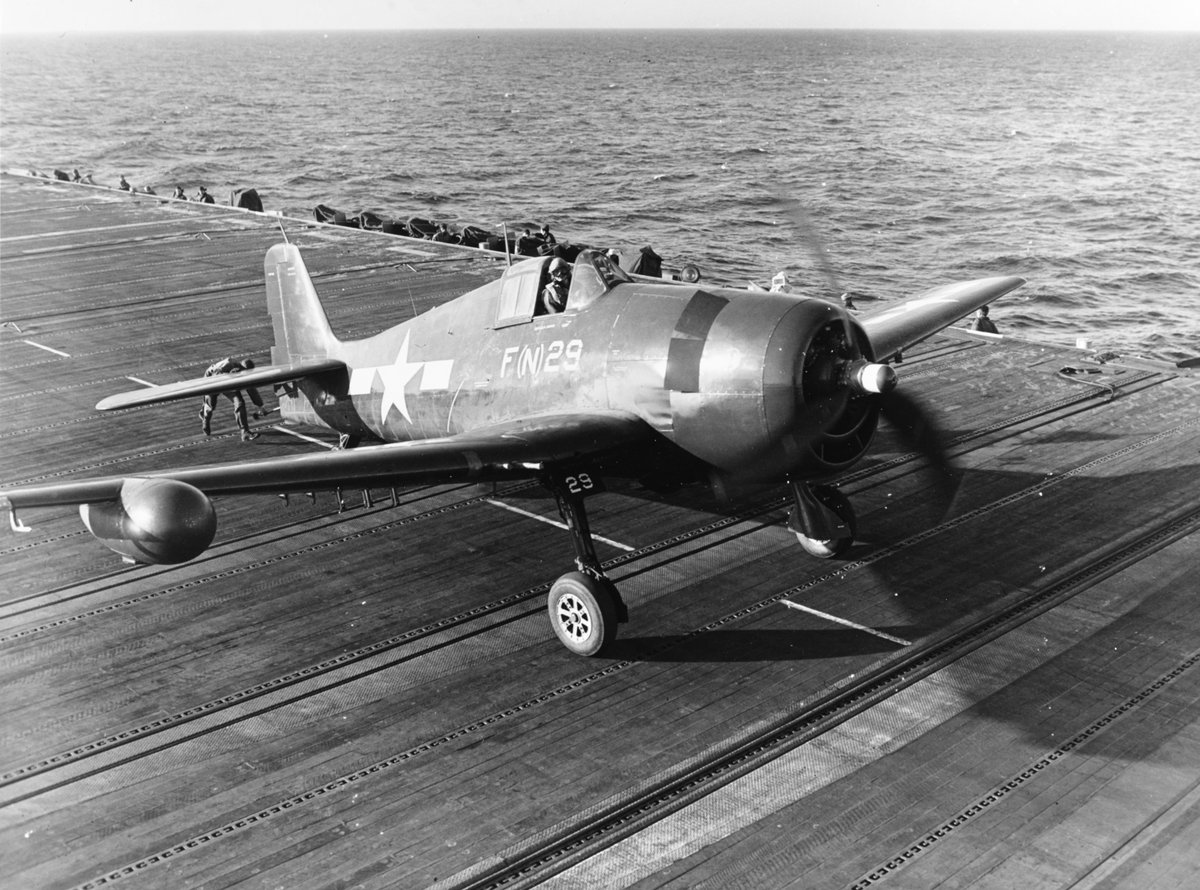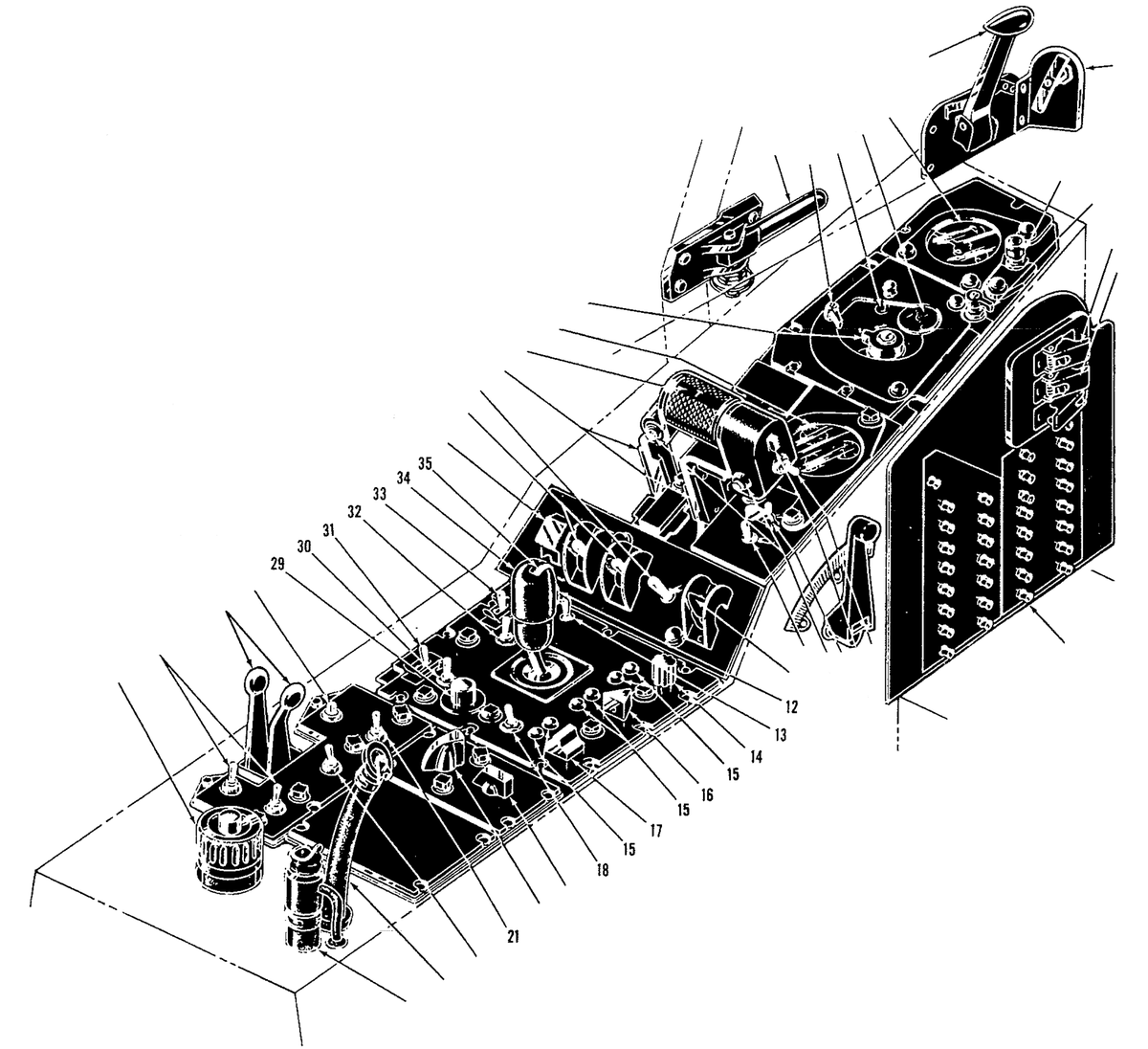Moctezuma was also fascinated by the Spaniards and wanted to either entice them to stay or find a way to entrap them. He was incredibly powerful, and the power dynamics between Moctezuma and Cortes's party have been misrepresented since day one. Short 🧵
https://twitter.com/SonnyBunch/status/1784978607938457776
Ignoring the fact that Cortes wasn't even really in charge of his own party, people DID try to kill him at first. The Tlaxcalteca, upon spotting the party of Totonacs and Spaniards heading by them, attacked. After over two weeks, they realized that making an alliance was better.
Moctezuma was fascinated by these new people and wanted to either make them allies or make them "exhibits." Montezuma, according to Matthew Restall, was a great collector of wildlife and symbols of power. This was to show his incredible power as Huei Tlatoani.
On the topic of why people hated the Aztecs. It wasn't the fact that they committed human sacrifice. That was normal at the time in Mesoamerica. It was part of almost every religion and every major society, and the Aztec sacrifice numbers claimed are not backed up by archaeology.
The issue was the way the Aztecs abused the inhabitants of subjugated polities. They were slaves, they were occasionally sacrifices to Huitzilopotchli, to make him stronger, or they were forced to give SIGNIFICANT tribute in the form of expensive, labor-intensive goods.
It wasn't ideological, it was practical. The Aztecs were running a colonial empire, plain and simple.
Moctezuma was so powerful that he thought he could do anything he wanted with his visitors, not accounting for the fact that they might not play ball and ally with his enemies.
Moctezuma was so powerful that he thought he could do anything he wanted with his visitors, not accounting for the fact that they might not play ball and ally with his enemies.
That's why he invited Cortes in. This would prove to be a colossal mistake.
• • •
Missing some Tweet in this thread? You can try to
force a refresh




















